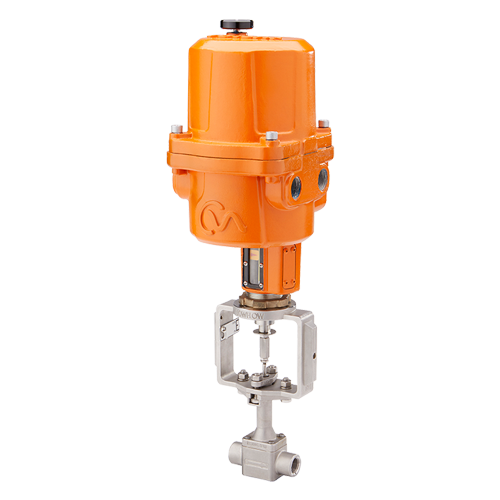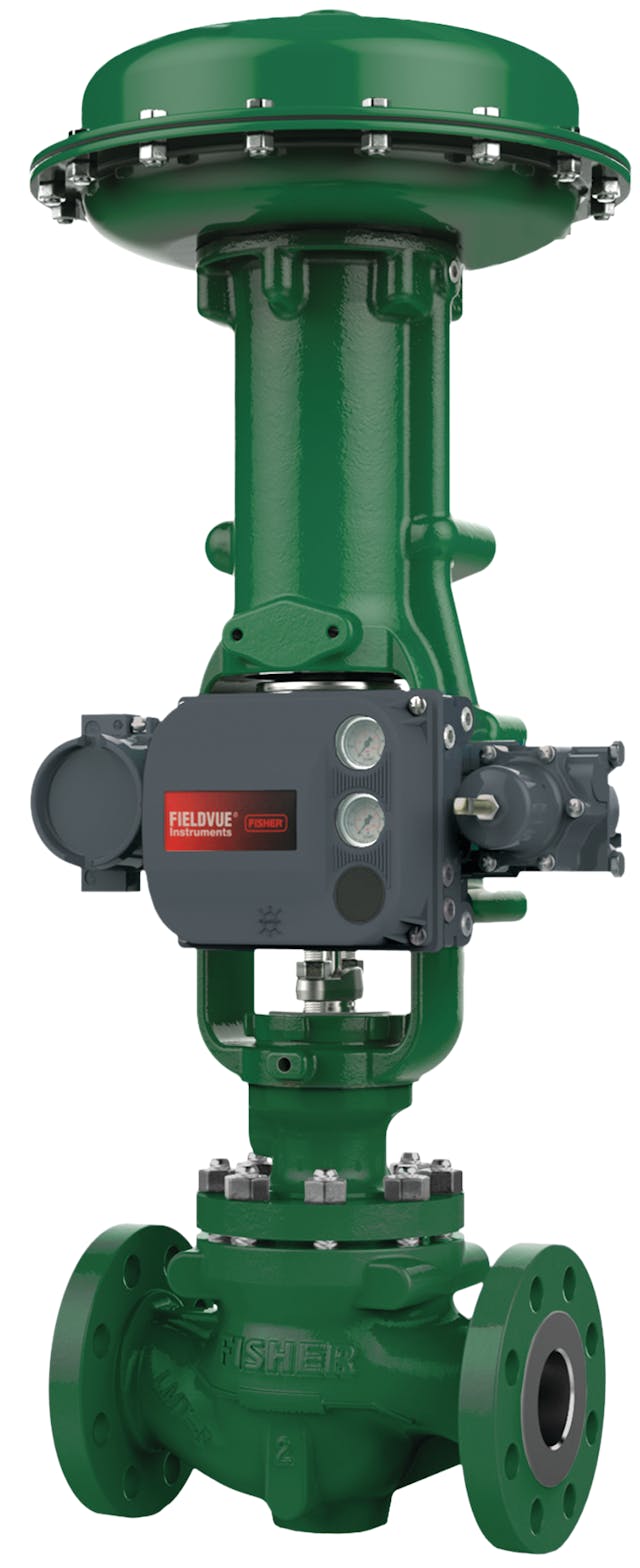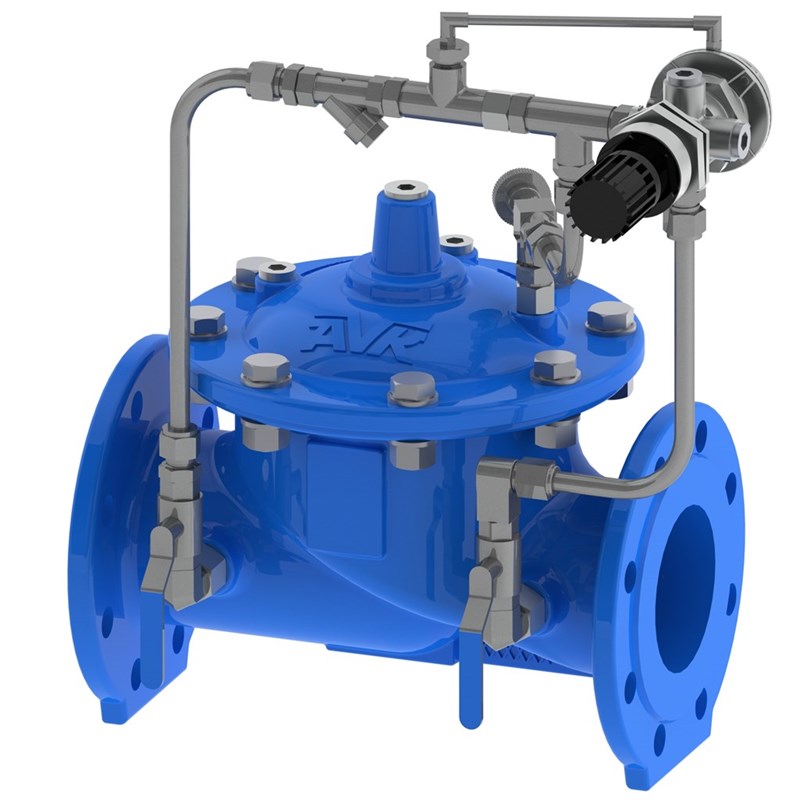Effective Control Valves: Key Parts for Effective System Monitoring
Effective Control Valves: Key Parts for Effective System Monitoring
Blog Article

Maximize Energy Cost Savings and Convenience With Advanced Structure Automation Controls
In the world of contemporary style and facility monitoring, the integration of sophisticated structure automation controls stands as a pivotal development. By using the power of automation, buildings can adapt, react, and advance in methods that were as soon as unthinkable.
Power Efficiency Conveniences
Power efficiency advantages can dramatically decrease energy consumption and operational expenses in structures. By applying energy-efficient practices and innovations, structure proprietors and drivers can accomplish substantial cost savings while also adding to environmental sustainability. Among the key advantages of enhancing power efficiency in structures is the decrease of utility costs. Energy-efficient systems, such as sophisticated structure automation controls, can optimize making use of resources like cooling, heating, and lights, causing reduced power costs gradually.
In addition, enhanced energy efficiency can extend the life-span of building tools and systems. By running much more efficiently, heating and cooling systems, lighting fixtures, and various other structure components experience much less damage, causing reduced maintenance and replacement expenses. In addition, energy-efficient structures usually command higher home worths and rental rates, giving long-term financial advantages to proprietors.
Additionally, power effectiveness can boost owner convenience and productivity. Properly regulated indoor atmospheres with ideal illumination and thermal problems develop an even more enjoyable and conducive workspace, leading to boosted worker contentment and efficiency. Overall, the power performance advantages connected with innovative building automation controls are multifaceted, incorporating cost savings, environmental stewardship, and owner health.
Improved Convenience Control
Enhancing convenience control in structure atmospheres needs an innovative integration of innovative automation systems for optimal owner wellness. By using advanced building automation controls, centers can tailor the interior atmosphere to satisfy the details demands and choices of passengers. control valves.
Boosted convenience control surpasses basic temperature changes. It consists of attributes such as customized settings, occupancy sensing units, and natural light application to produce a responsive and dynamic environment. By incorporating these sophisticated controls, buildings can not just enhance comfort however likewise improve energy effectiveness by optimizing system procedures based on actual tenancy and usage patterns. Ultimately, prioritizing resident convenience via sophisticated automation systems brings about a more satisfying and healthier interior environment.
Operational Effectiveness Improvements

In addition, the application of real-time surveillance and analytics tools makes it possible for building drivers to identify power inadequacies and functional anomalies immediately. By constantly checking power use patterns and system performance metrics, modifications can be made in real-time to enhance power consumption and ensure peak functional efficiency. control valves. In addition, including demand action approaches right into building automation controls can additionally boost functional effectiveness by dynamically adjusting power use based upon grid conditions helpful hints and pricing signals
Indoor Climate Optimization
Reliable interior climate optimization is a fundamental facet of building automation controls, making certain residents' convenience and wellness while making best use of energy savings. By utilizing sophisticated sensing units and controls, constructing automation systems can constantly change and monitor temperature level, moisture degrees, air quality, and ventilation to develop an optimal interior setting. Keeping constant and comfy conditions not only enhances resident contentment however additionally improves efficiency and general well-being.
Indoor climate optimization likewise plays an essential role in energy effectiveness. By fine-tuning heating, cooling, and ventilation systems based on real-time data and tenancy patterns, developing automation controls can considerably decrease power usage - control valves. Carrying out methods such as demand-controlled ventilation and thermal zoning can assist decrease power waste while guaranteeing that each area of the structure gets the necessary conditioning.

Sustainable Environment Creation
Building automation controls not only maximize interior environment problems for energy effectiveness and owner convenience however additionally lay the foundation for producing a lasting environment with calculated management of systems and resources. By incorporating sophisticated building automation modern technologies, such as sensors, actuators, and intelligent software program, facilities can readjust and monitor energy usage in real-time to minimize waste and lower their carbon footprint. These systems make it possible for predictive maintenance, identifying possible issues before they escalate and enhancing equipment performance to improve longevity and efficiency.
In addition, sustainable setting development extends past energy administration to include water conservation, waste decrease, and interior air top quality enhancement. Structure automation controls can control water use, identify leakages, and guarantee correct waste disposal techniques, contributing to overall sustainability initiatives. Furthermore, by regulating and checking air flow and filtering systems, these modern technologies boost occupant health and productivity while decreasing energy that site consumption associated with heating and cooling procedures.
Verdict
Finally, progressed structure automation regulates deal significant advantages in terms of power financial savings, comfort control, operational effectiveness, interior environment optimization, and producing a lasting atmosphere. By applying these controls, buildings can attain optimal performance while reducing energy intake and improving resident convenience. It is apparent that the usage of sophisticated automation technology is crucial in enhancing structure efficiency and creating a much more lasting future.
Power performance benefits can substantially lower power intake and operational costs in structures. In general, the energy effectiveness advantages connected with innovative building automation controls are multifaceted, including expense savings, environmental stewardship, and resident wellness.
In addition, including need action methods into structure automation controls can additionally improve operational efficiency by dynamically readjusting power use based on grid conditions and rates signals.
Structure automation manages not only maximize indoor environment problems for energy efficiency and owner convenience but additionally lay the structure for developing a sustainable setting with calculated management of systems and sources.In verdict, advanced structure automation manages deal considerable benefits in terms of energy financial savings, comfort control, functional effectiveness, indoor environment optimization, and creating a lasting atmosphere.
Report this page